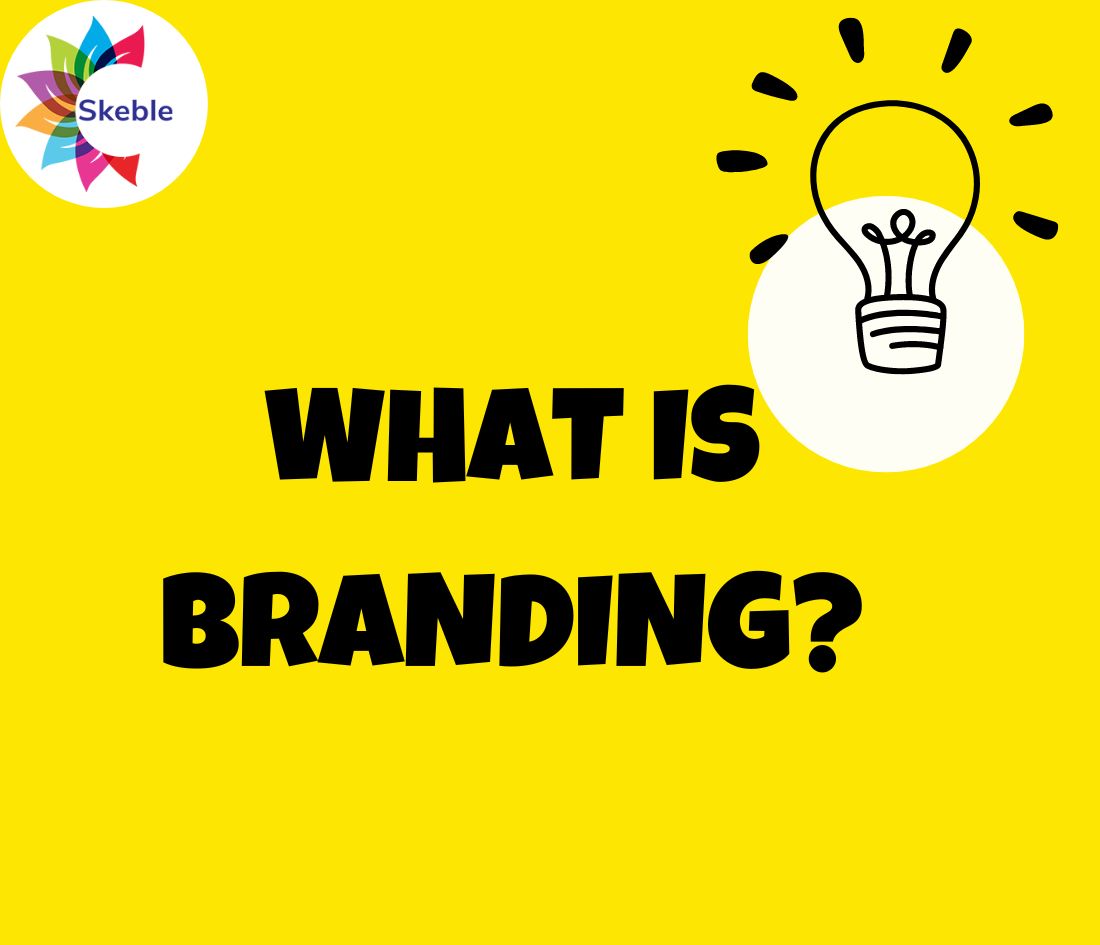
What is branding?
Branding is a multifaceted concept that plays an important role in marketing, business strategy, and consumer perception. At its core, branding is the process of creating a unique identity for a product, service, or company through the use of unique names, symbols, designs, and messages. This identity not only differentiates the entity from its competitors but also builds a lasting impression in the minds of consumers.
The Importance of Branding
Identity and Differentiation: In a competitive market, branding helps businesses stand out. It creates a unique identity that distinguishes a company from its competitors. This identity is conveyed through various elements such as logos, taglines, color schemes, and overall design aesthetics.
Recognition and loyalty: A well-established brand makes a lasting impression, making it easier for consumers to recognize and remember it. Consistent branding across all touch points reinforces this recognition. When customers have positive experiences with a brand, they are more likely to develop loyalty, leading to repeat purchases and advocacy.
Trust and Credibility: Consistent and positive branding builds trust. When customers consistently experience a brand's promise through its products, services, and customer interactions, they develop trust in the brand. This trust often translates into loyalty, with customers returning to the brand repeatedly and recommending it to others.
Emotional Connection: Effective branding goes beyond visual elements to create an emotional connection with the audience. This connection can evoke positive feelings and connections, influencing consumer behavior and decisions.
Strategic Asset: A strong brand is a valuable intangible asset that can enhance the overall value of a company. It supports long-term business growth and sustainability. Companies with strong brands often enjoy better market performance, higher valuations, and more opportunities for expansion.
Components of Branding
Brand Name: The name is often the first point of contact with the consumer. It should be memorable, easy to pronounce, and reflective of the brand's identity and values.
Logo: A logo is a visual symbol that represents the brand. It should be unique and easily recognizable, reflecting the personality of the brand.
Tagline: A short, memorable phrase that captures the brand’s promise, mission, or unique selling proposition. A well-crafted tagline can effectively communicate what the brand stands for.
Color Scheme: Colors play an important part in branding as they evoke emotions and connections. A consistent color scheme across all brand materials helps create a cohesive brand identity.
Typography: The style and appearance of the text used in branding elements. It should match the brand's identity and be consistent across all channels.
Brand Voice and Messaging: This defines how the brand communicates with its audience. The tone, language, and style should reflect the brand’s personality and resonate with its target audience.
The Process of Building a Brand
Building a strong brand requires a strategic approach and a deep understanding of the target audience. Here are some steps to consider:
Research and Strategy: Understand your market, competitors, and target audience. Develop a clear brand strategy that defines your unique value proposition and position.
Develop a Visual Identity: Design a logo and visual elements that reflect your brand’s personality. Ensure that all design elements are consistent across all platforms.
Define Your Brand Voice: Create a tone of voice that aligns with your brand’s personality and resonates with your audience. Be consistent in your messaging across all communication channels.
Deliver on Your Brand Promise: Make sure your products or services meet or exceed customer expectations. Consistently deliver high-quality experiences to build trust and loyalty.
Real-World Examples of Successful Branding
Apple: Known for its sleek design, innovation, and premium quality, Apple has built a brand that commands fierce customer loyalty and premium pricing.
Nike: With its powerful “Just Do It” tagline and relationship with top athletes, Nike has created a brand that inspires and empowers its audience.
Coca-Cola: Coca-Cola’s branding focuses on happiness and togetherness, creating a strong emotional connection with consumers around the world.
Conclusion
Branding is a powerful tool that can drive business success by creating a unique identity and fostering strong relationships with customers. It goes beyond visual elements to encompass the entire experience a customer has with a company. By strategically building and maintaining a strong brand, businesses can differentiate themselves in the marketplace, build customer loyalty, and achieve long-term success.
For businesses seeking expert guidance in branding, Skeble provides complete branding services. As one of the best branding company in Bangalore, Skeble specializes in creating impactful brand identities that resonate with target audiences and help businesses thrive in competitive markets.
Connect with us:
Instagram: https://www.instagram.com/skeble_technologies/?hl=en
Facebook: https://www.facebook.com/profile.php?id=100095661726893
Linkedin: https://www.linkedin.com/company/96879254/admin/feed/posts
Website: https://skeble.com/




